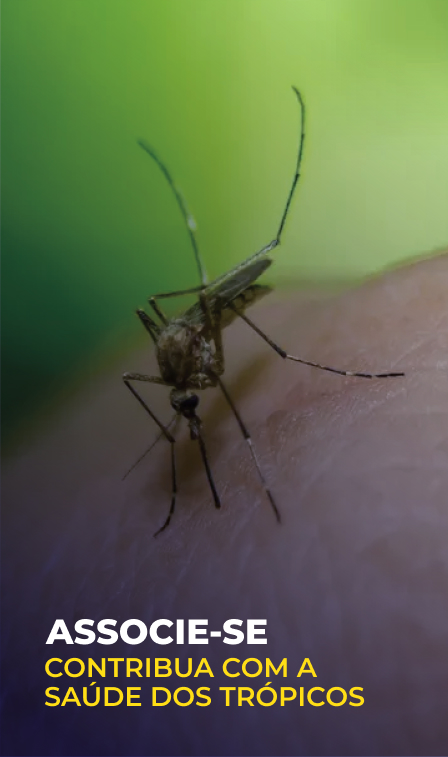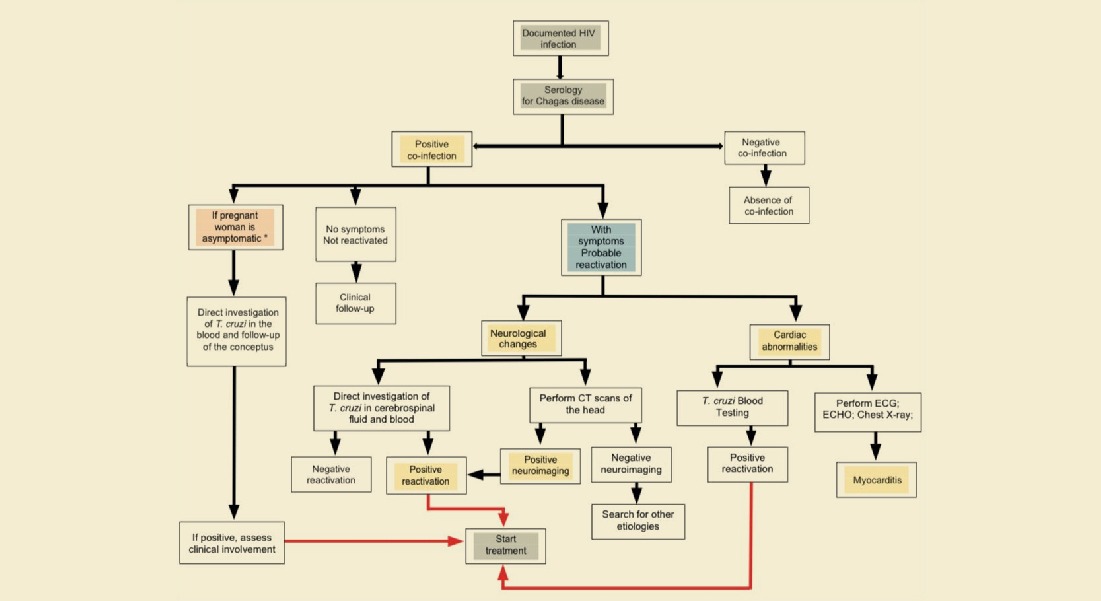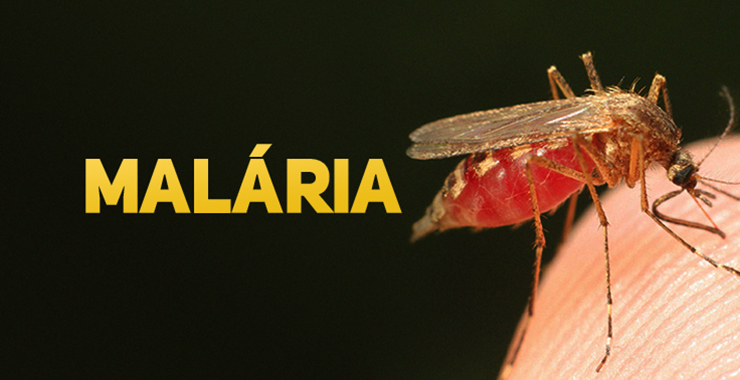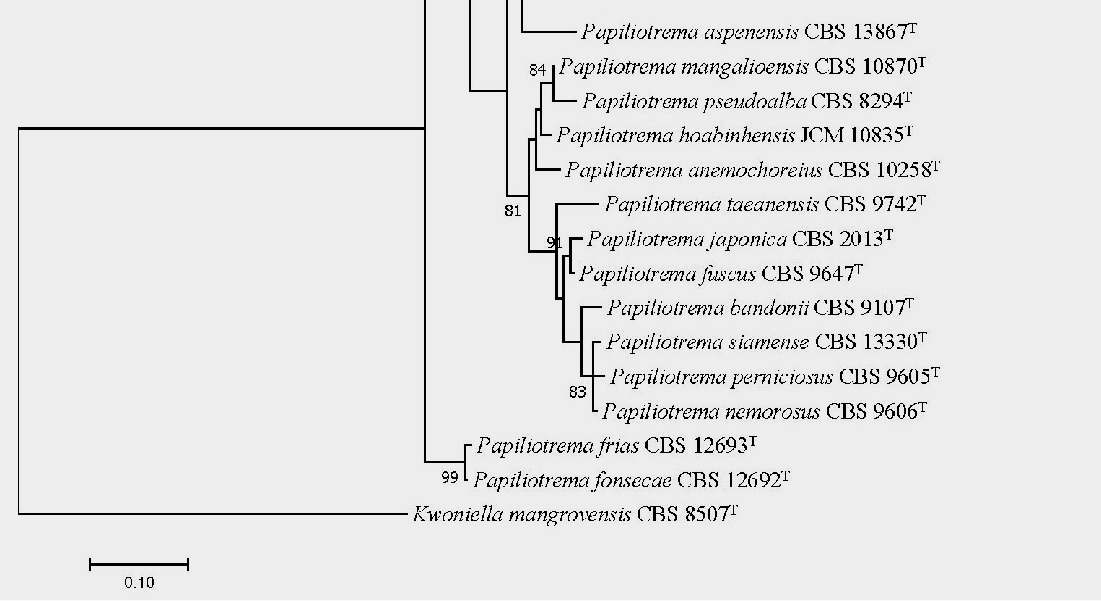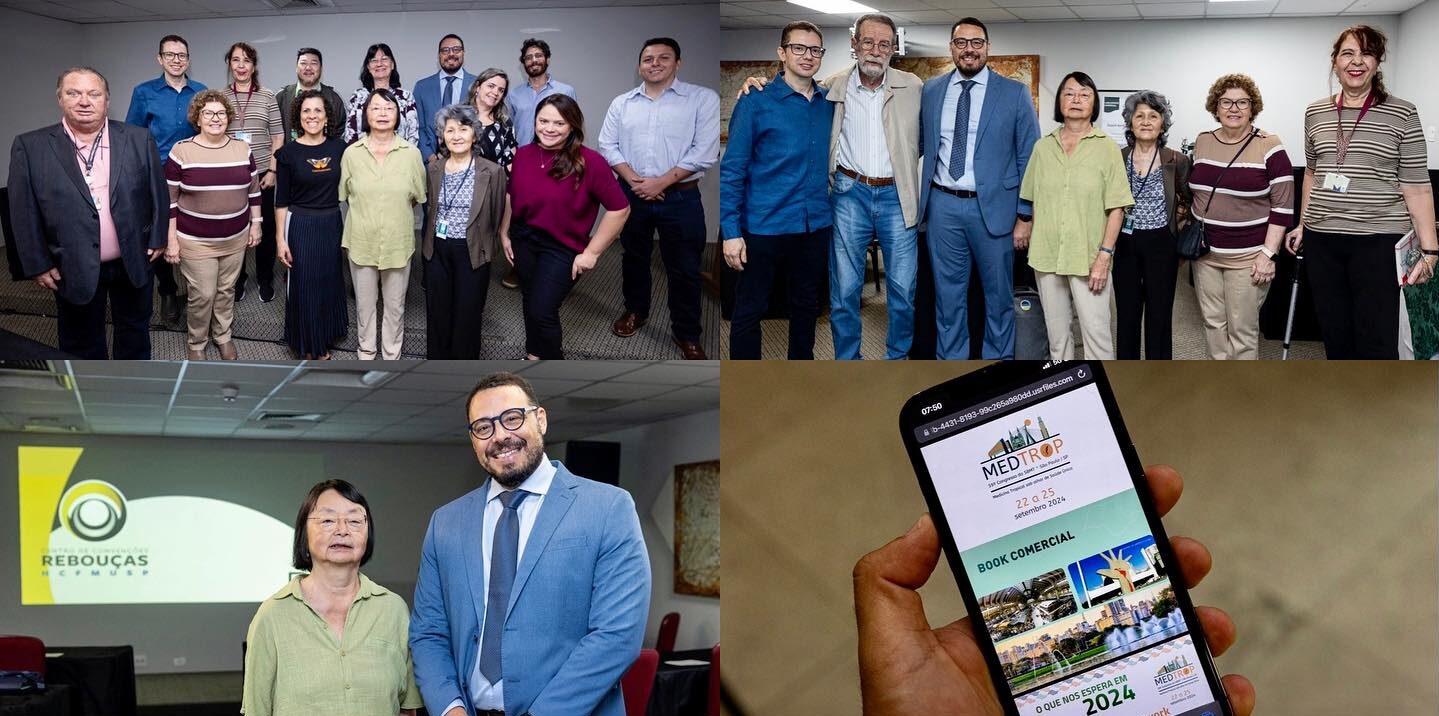
Arcturus, new variant of Covid-19 arrives in Brazil and cases of conjunctivitis should intensify
XBB.1.16 arrives in Brazil in a dry climate, which increases the chance of eye problems
09/06/2023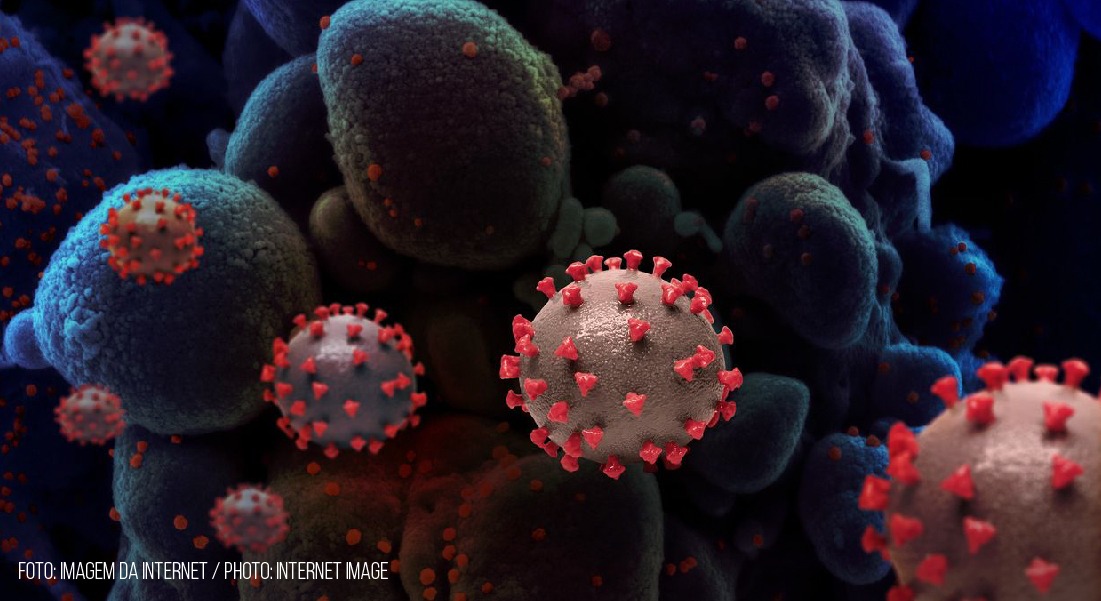
“For now, there is no expectation that XBB.1.16 will cause major problems, however, when it comes to Covid, things can change at any time”, says infectologist
The new variant of the Arcturus coronavirus, also called XBB.1.16, which appeared in India in January of this year, has already spread to forty countries, including Brazil. The first Brazilian case was confirmed on May 1st by the City of São Paulo. Clinical features are similar to other subvariants such as fever, cough, sore throat, runny nose and a new factor, viral conjunctivitis. So far, researchers have found no features that indicate that Arcturus is a variant of concern, as well as Omicron, and in the past Alpha, Beta, Delta and Gamma. The new strain has been treated by the World Health Organization (WHO) since mid-April as a variant of interest (VOI). Learn about the Arcturus XBB.1.16 subvariant.
Dr. Mirian Dal Ben, graduated in Medicine at the Federal University of Minas Gerais (UFMG), explains that XBB.1.16 is a lineage derived from Ômicron XBB, a recombinant of two BA.2 descendant lineages. “It has a similar genetic profile to the other variant of interest, XBB.1.5, with additional mutations in the amino acids E180V, K478R and S486P in the Spike protein, responsible for binding to human cells. As we learned with the other variants, XBB.1.16 probably has a selective advantage over the others, probably because it is more transmissible”, adds the infectologist at the Sírio-Libanês hospital.
For now, the variant appears to be infecting the most susceptible people, those who have not been immunized with booster shots. Although the effectiveness of vaccines against Arcturus may be reduced, they remain a fundamental tool to reduce the severity of cases and prevent hospitalizations and deaths. Vaccination has been fundamental in this journey. Dr. Dal Ben points out that there is still no data or studies specifically on the effectiveness of vaccines against the new variant, nor in vitro. “But, based on works that evaluated the neutralizing capacity of the antibodies that we acquired with immunization in variants close to Arcturus (XBB and XBB.1), we will probably have neutralizing antibodies with lesser neutralizing capacity. On the other hand, thanks to global efforts to produce and distribute vaccines, a significant number of people have already been immunized, strengthening collective protection against the virus and today we have a population with hybrid immunity, which should ensure that most people do not present serious clinical condition to the point of needing hospitalization, as well as the number of deaths proportionally to the number of cases should not be high”, he points out.
Although XBB.1.16 has gained greater importance as it is becoming more prevalent and, in some countries, has increased transmissibility, Dr. Dal Ben clarifies that, based on the data currently available, in principle, it is not considered a variant of concern. “Obviously it has been monitored, but for now, there is no expectation that it will cause major problems, in the same way that the other descendant variants of the XBB have not caused major adversity. However, when it comes to Covid, things can change at any time”, he warns. Cooperation between governments, science and people has been fundamental. “At this moment we have more data than at the beginning of April, when the new variant began to acquire greater importance in India and even in the United States, however, there is still no work that elucidates us about a series of facts. Although we still have a lot to learn about Arcturus, global collaboration and information sharing between countries play a crucial role in monitoring and containing new variants”, concludes Dr. Dal Ben.
To learn more, check out white paper 52 “SARS-CoV-2 variants of concern and variants under investigation in England” and the initial risk assessment of XBB.1.16, dated 17 April.
Interesting symptom of Arcturus
India was the first country to report a very interesting and common symptom for this variant, which is conjunctivitis. Although the previous variants were sometimes responsible for conjunctivitis, the symptom was not as marked and prevalent. A study published on Medrxiv, a website with pre-print versions of scientific articles on health sciences, entitled “Preliminary clinical characteristics of Pediatric Covid-19 cases during the ongoing Omicron XBB.1.16 driven surge in a north Indian city”, shows that 43 % of children had conjunctivitis among the symptoms of the new variant.
The main symptoms of conjunctivitis are burning, itching, a foreign body sensation in the eye (it starts unilaterally and may involve the other eye a few days later), tearing, hyperemia (alteration in blood circulation), eyelid edema and subconjunctival hemorrhage points. Among the necessary precautions are: avoid putting your hands in your eyes; do not scratch your eyes; wash your hands frequently with soap and water; not sharing towels, pillows, cushions, makeup, cosmetics and eye drops; wash your nose with serum, as hydration on site helps to improve the eye; wash the eye with iced chamomile tea or cold clean water.
Unprecedented details of the maturation process of the key protein for SARS-CoV-2 replication revealed
A group of researchers from the University of São Paulo (USP) and São Carlos (UFSCAR) have just presented the results of studies that point to a new understanding of the maturation process and the interference of inhibitors on the Mpro protein, essential for the maturation cycle. life of the Sars-CoV-2 virus and the target of several efforts to develop drugs to treat Covid-19. The research was carried out with the help of the Sirius particle accelerator, a synchrotron light source installed in Campinas and one of the most modern in the world. The discovery occurs at the moment when the new XBB.1.16 variant arrived in Brazil. For the discovery, the Brazilian scientists combined state-of-the-art techniques and thus demonstrated that the drug target molecule behaves differently from what was predicted in theory. The article “An in-solution snapshot of SARS-COV-2 main protease maturation process and inhibition”, was published in the renowned journal Nature Communications.
WHO declares end of Public Health Emergency
In a historic announcement, the WHO declared on May 5th, in Geneva, Switzerland, the end of the Public Health Emergency of International Concern (PHEIC) related to Covid-19. The organization underscored the importance of continued international cooperation to closely monitor the emergence of new variants and promptly address any challenges that may arise. The director general, Tedros Adhanom, informed that he accepted the recommendation, which is based on monitoring the epidemiological scenario of the disease. “For more than a year, the pandemic has been on a downward trend, with an increase in the population’s immunity through vaccination and infection, a decrease in mortality and pressure on health systems,” he said.
The director of the Pan American Health Organization (PAHO), Dr. Jarbas Barbosa welcomed the decision to accept the recommendation of the Emergency Committee. “We must not let our guard down, we must continue to vaccinate vulnerable groups and strengthen surveillance. It is also time to focus on better preparing for future emergencies and rebuilding a healthier, more sustainable future.”
The closure of the Public Health Emergency of International Concern does not represent the end of the pandemic, but a big step towards it. While the announcement is cause for celebration, it is critical that governments, health organizations and the public remain vigilant to avoid setbacks and ensure a safer future for all. The journey has been long and challenging, but science and human determination prevail and offer hope for the future.





